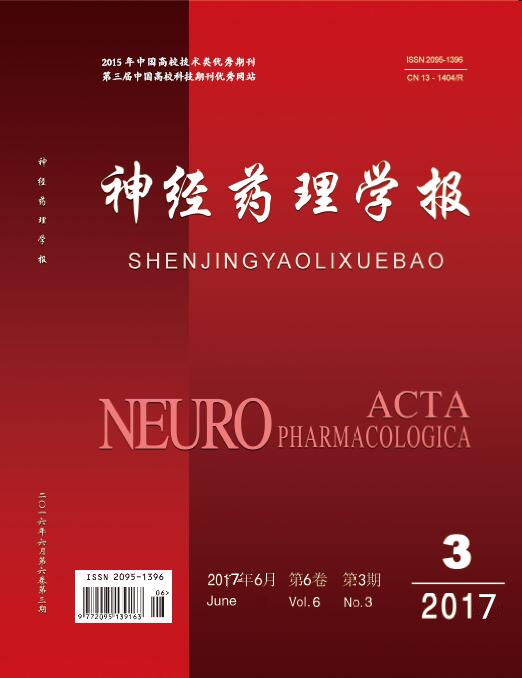|
|
Regulation of Neuroplasticity by MicroRNA in Depression Disorder
REN Qian,WANG Zhen-zhen,CHEN Nai-hong
2017, 7 (3):
12-20.
DOI: 10.3969/j.issn.2095-1396.2017.03.003
Depression is a debilitating disease. It is easy to relapse and has high mortality disability. MicroRNA (miRNA),recently discovered as a novel small non-coding RNA and widely distributed in the body,is a class of length of 22 nucleotides. It usually inhibits mRNA translation or mediate mRNA degradation to control a series of physiological and pathological processes by binding to target mRNA 3’UTR in vivo. Recent studies show that patients with depression disorder are involved in the changes of neuronal structures and function,the disorder of neuroplasticity and synaptic transmission,as well as increasing mRNA. miRNA plays an important role in these process. In this review,in order to further understand and find better the treatment of depression,we summarize the recent studies of miRNA about neuroplasticity in depression disorder.
References |
Related Articles |
Metrics
|

